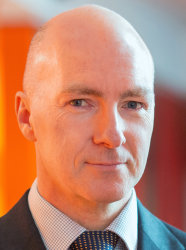BibTex format
@article{Jardine:2016:10.1038/srep39269,
author = {Jardine, JE and Fraser, WT and Lomax, BH and Sephton, MA and Shanahan, TM and Miller, CS and Gosling, WD},
doi = {10.1038/srep39269},
journal = {Scientific Reports},
title = {Pollen and spores as biological recorders of past ultraviolet irradiance},
url = {http://dx.doi.org/10.1038/srep39269},
volume = {6},
year = {2016}
}

